The Virgin of Fátima, May 13
Virgin of the Rosary
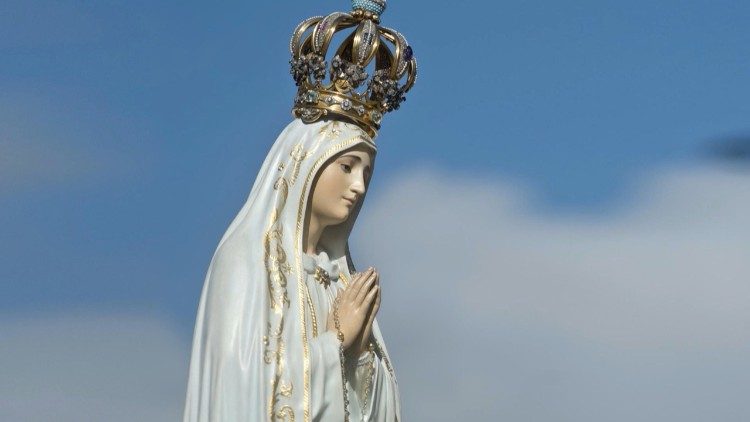
“Do not be afraid”: the Virgin Mary addresses three Portuguese shepherd children from Aljustrel with these words on May 13, 1917. It is a splendid Sunday morning, Lucía Dos Santos (10 years old) and cousins Francisco and Jacinta Marto ( 9 and 7 years old), after having participated in Mass in the parish of Fátima, they take their sheep to graze on the slopes of Cova da Iria. As was their custom, when they hear the Angelus bell they recite the Rosary and then, while playing, they are scared by a sudden flash of light.
Mistaking it for lightning and fearing the arrival of a storm, they set out to take the flock back. Shortly after, a new light stops them and in front of them, they see a beautiful Lady dressed in white, on an oak tree, resplendent with light. “I have come to ask you – she tells them – to come here for six consecutive months, on the 13th, at this same time. Then I’ll tell you what I want”. The Lady has a dress adorned with golden edges, with a gold cord as a belt, a candid cloak, and in her hand a rosary of white beads. The one who speaks is Lucía; Jacinta listens to the conversation, while Francisco hears nothing. “Do you want to offer yourself to God to endure all the suffering that He will send you, in an act of reparation for the sins with which He is offended and of supplication for the conversion of sinners?” Mary asks. “Yes, we want to,” Lucía responds. And Mary says: “Then you must suffer a lot, but the grace of God will be your consolation.”
The apparitions in the Cova da Iria
Lucia orders the cousins not to tell what happened, “no one would believe us,” she explains. But Jacinta, for fear of receiving punishment for having led the sheep back from pasture prematurely, tells everything to her mother, who does not believe her. Lucía, Francisco, and Jacinta are scolded by their parents. But the news spreads and at the meeting on June 13, with the three children, a small crowd gathers. Mary asks that they pray as much, and that Lucía learn to read and write to transmit her messages. In the third appearance, two thousand people gather and leave money offers at the Cova da Iria. The Virgin renews the invitation to the little shepherds to appear every 13th of the month in the same place, she reiterates her exhortation to pray for humanity and shows them hell. Lucía, Francisco and Jacinta are ridiculed by the unbelievers, the priest doubts the veracity of their stories and the mayor of the municipality of Villa Nova de Ourém, in charge of Fátima, tries to make them recant. On August 13, detained in prison, they cannot go to the Cova da Iria, but Mary appears to them unexpectedly on August 19, while they are grazing the flock in Valinhos, not far from Aljustrel. Lucía asks her what they have to do with the offerings of the faithful left in the Cova da Iria and the Virgin answers that she should have a chapel built there. The apparition is repeated punctually also on September 13 and for the last meeting Mary promises a prodigy so that everyone will believe.
“I am the Virgin of the Rosary”
It is a cold and gray day on October 13, the rain hits 70 thousand people, including journalists, photographers and the international press. “I am the Virgin of the Rosary” the Lady reveals to Lucía, Francisco and Jacinta, while she continues to rain. After the apparition, the promised miracle: the dance of the sun. The star can be observed without any difficulty, it assumes different colors, rotates on itself and seems to fall on the earth. And when the extraordinary event is over, the people’s clothes, until recently soaked with rain, are perfectly dry. Only 13 years later, on October 13, 1930, the ecclesiastical authority declared the apparitions “worthy of faith” and authorized the cult of the Virgin of Fátima. Francisco died on April 4, 1919, Jacinta on February 20, 1920. Lucía, on June 17, 1921, joined the nuns of Santa Dorotea. After more than 10 years of perpetual vows, she chooses to enter the Carmelite monastery of Coimbra. She died on February 13, 2005, at the age of 97. Francisco and Jacinta are beatified on May 13, 2000, by John Paul II and canonized by Pope Francis on May 13, 2017.
Related
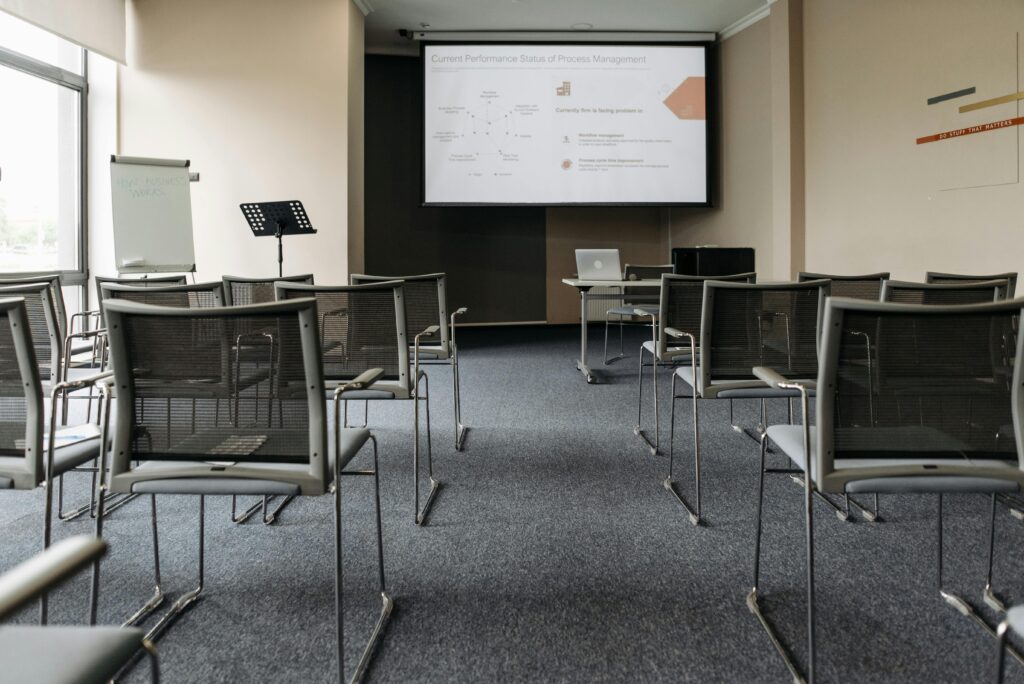
The Perspectivas del Trabajo Foundation is founded with the aim of promoting virtues for professional development
Exaudi Staff
25 April, 2025
2 min
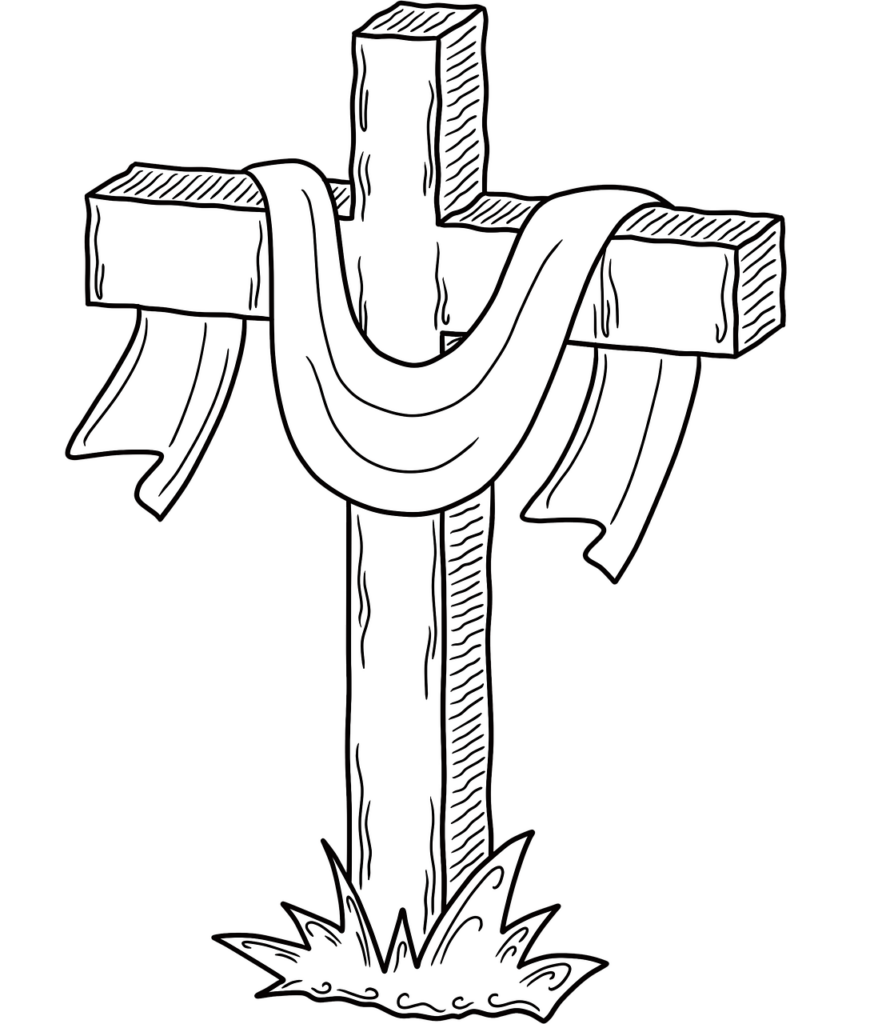
Reflection by Bishop Enrique Díaz: Alleluia, alleluia
Enrique Díaz
20 April, 2025
5 min
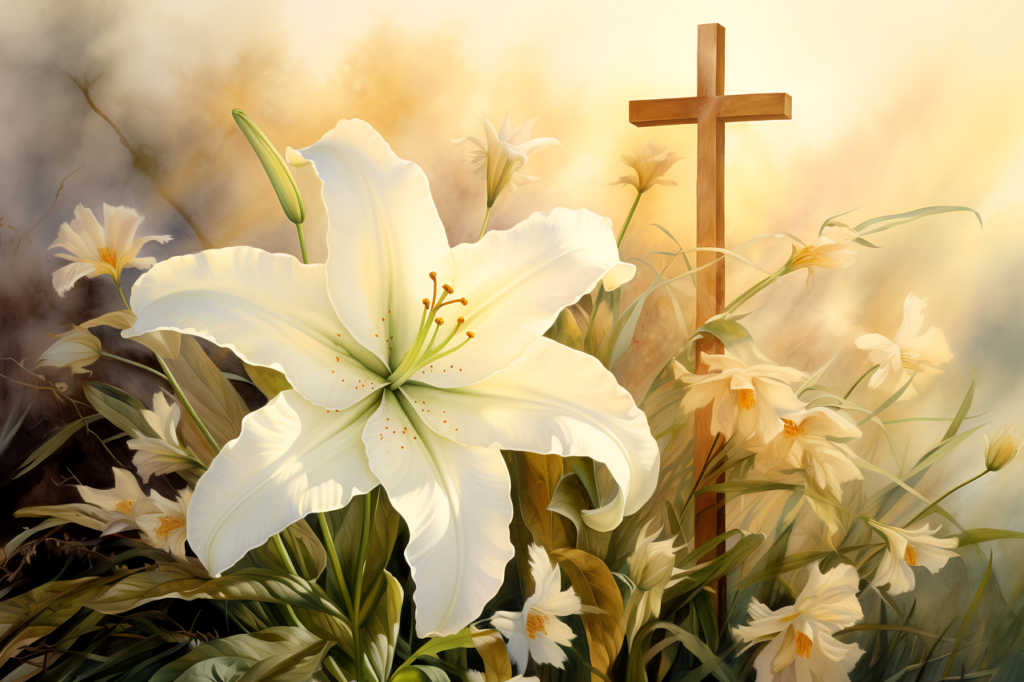
Christ is Risen! Alleluia! Commentary by Fr. Jorge Miró
Jorge Miró
20 April, 2025
3 min
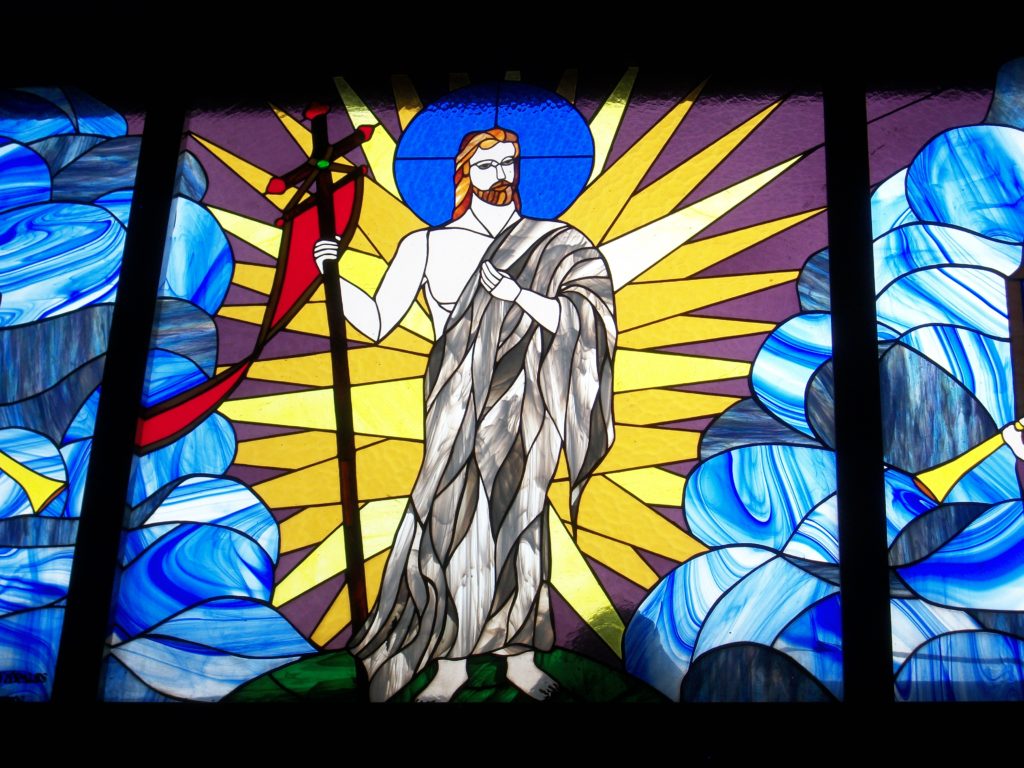
Easter: Mystery of Freedom
Carlos J. Gallardo
20 April, 2025
5 min
 (EN)
(EN)
 (ES)
(ES)
 (IT)
(IT)

